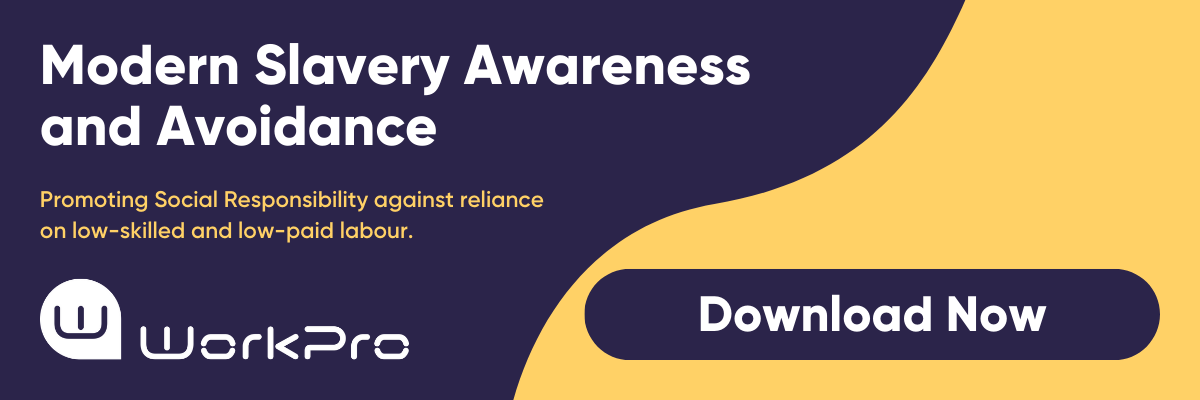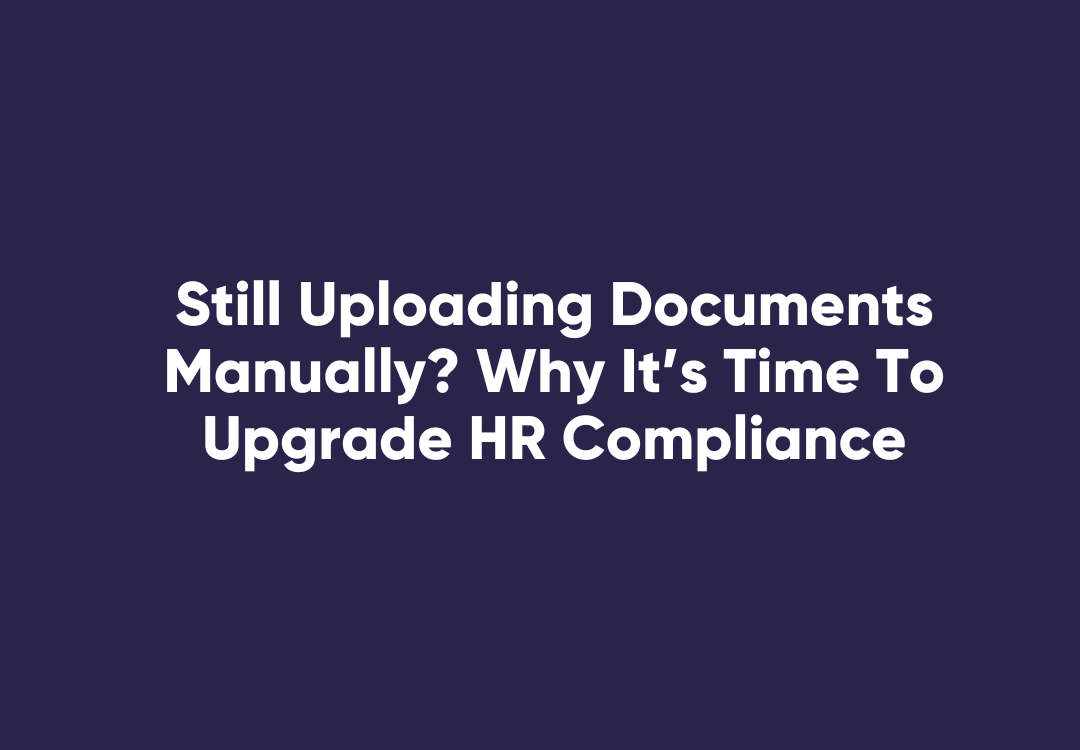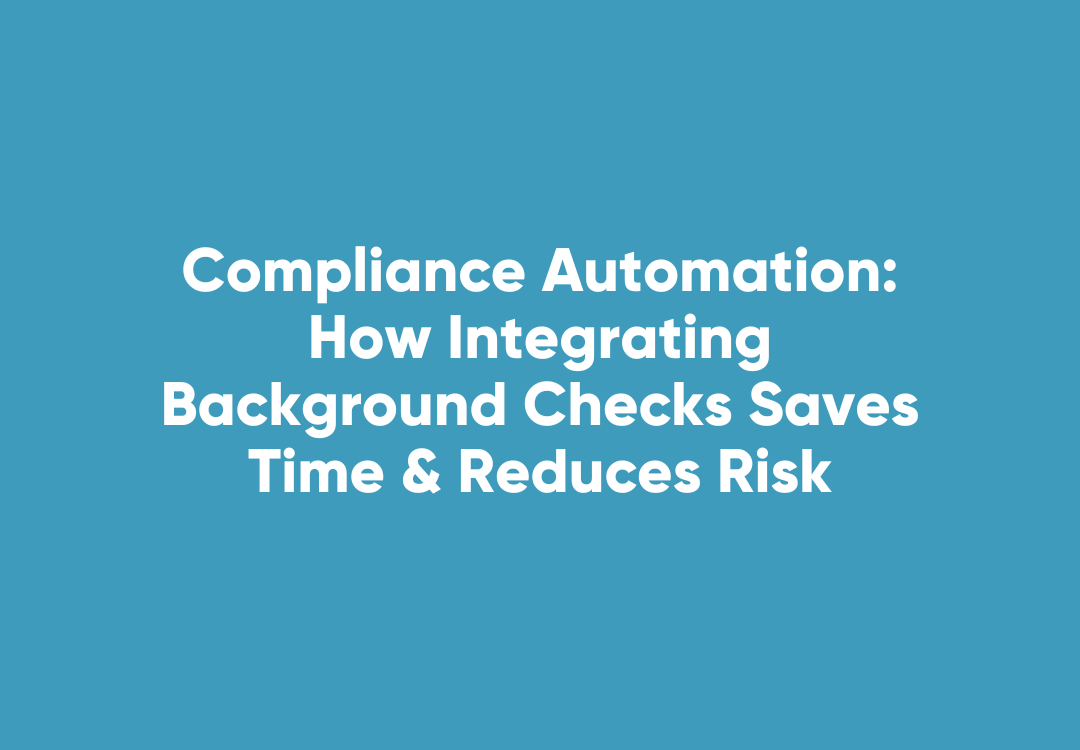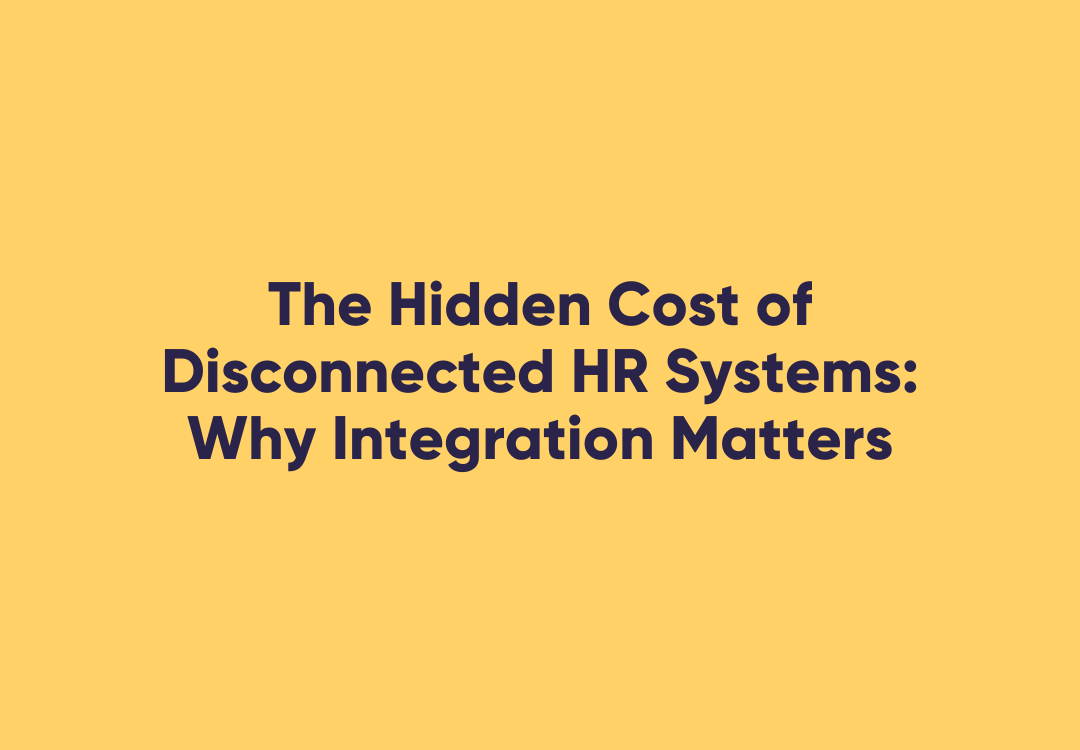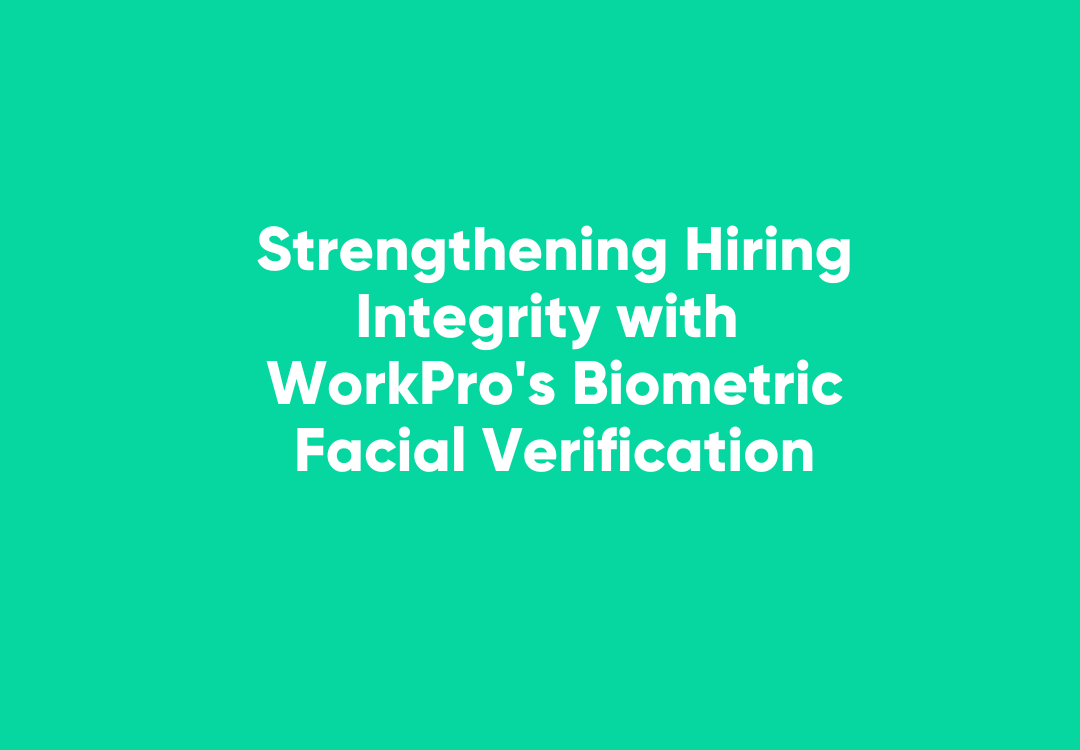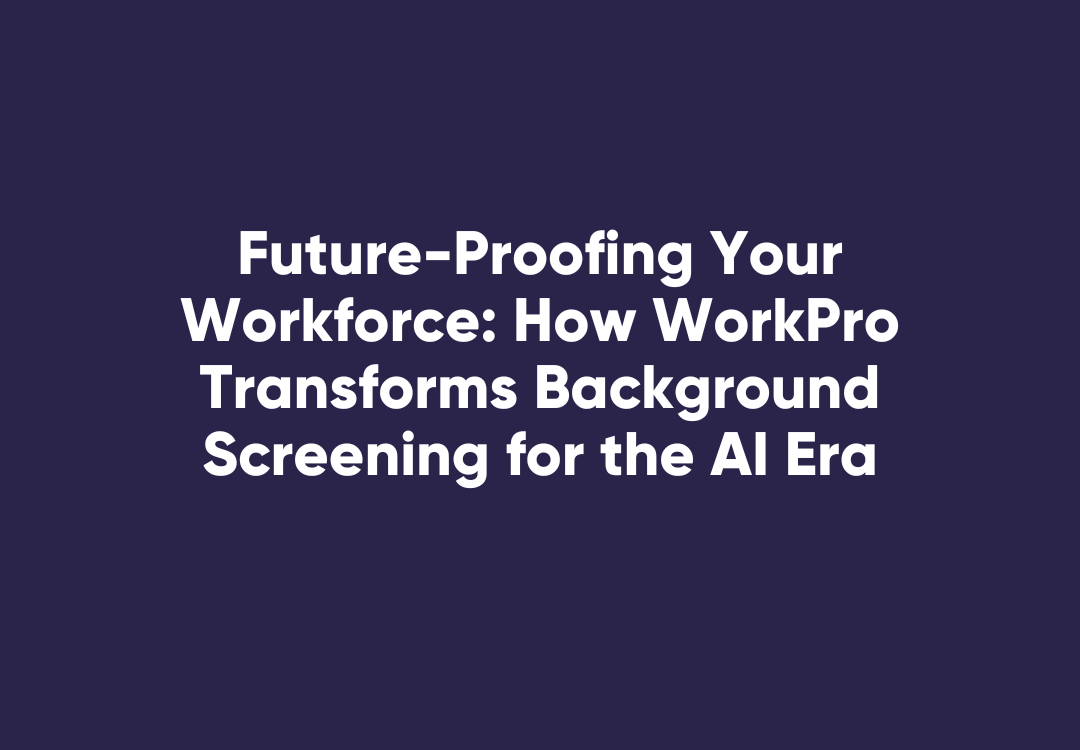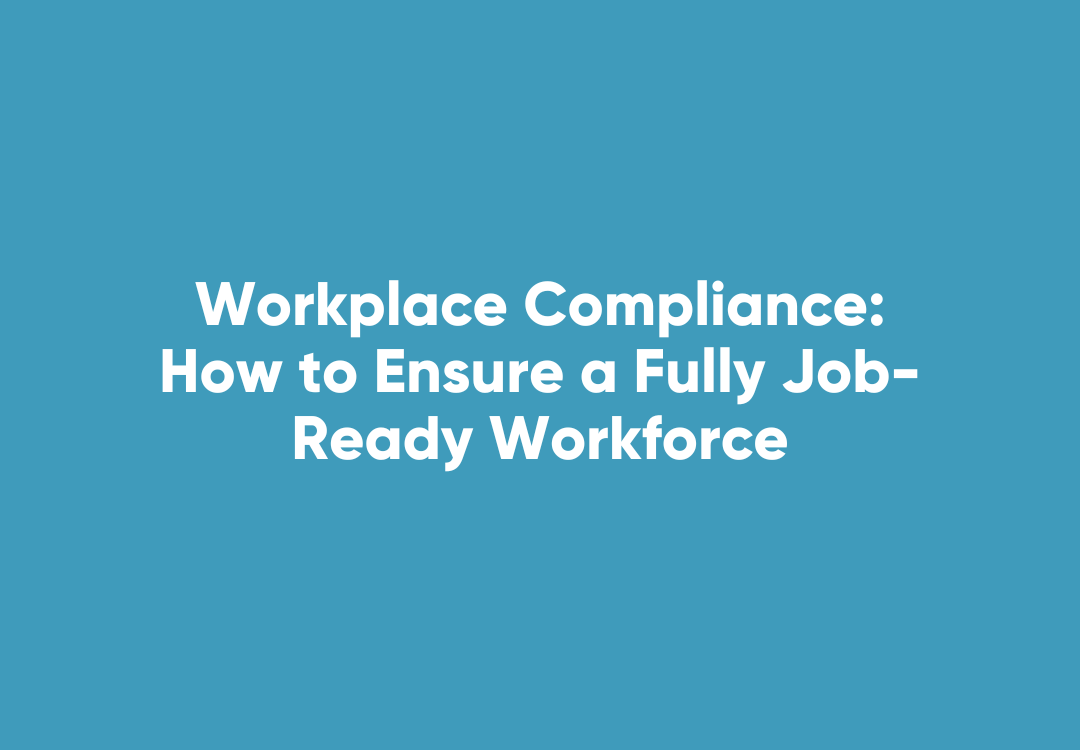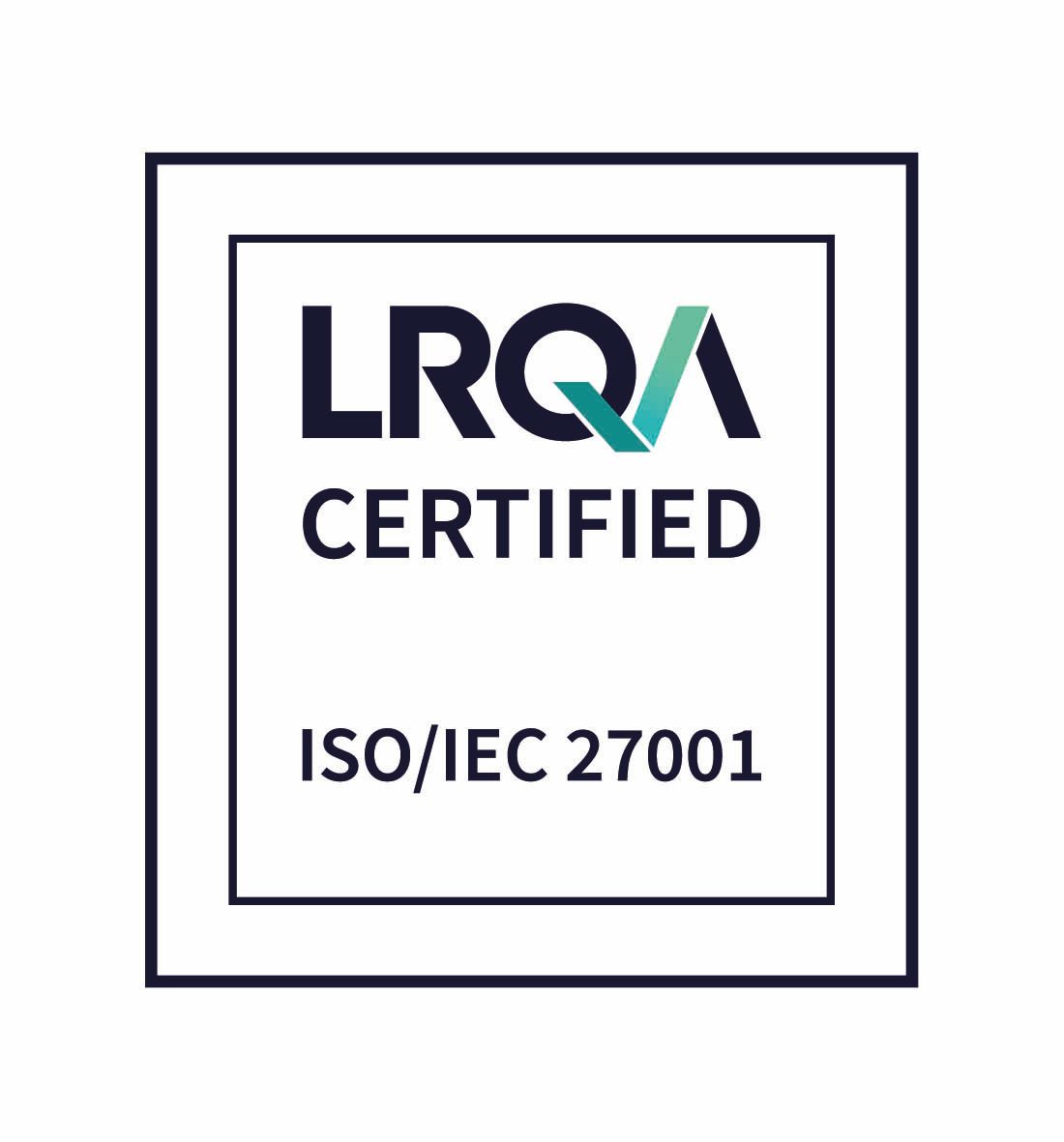Safer Container Loading & Unloading with WHS Induction
The continent of Australia features one of the longest coastlines in the world, spanning 25,760 kilometres according to World By Map.
With such a massive amount of coastal space, it’s no surprise that dozens of ports of varying sizes dot the map, many of which are the destination or departure point for the nation’s billions of dollars worth of imports and exports.
In fact, in 2014 over 40 million containers were sent and received from the country’s ports, according to Ports Australia.
All of those goods are either loaded or unloaded into shipping containers by thousands of workers across the nation, each of whom face unique health and safety challenges.
Let’s take a close look at some of the hazards to consider when packing and unpacking containers, and how your work health and safety induction system can help to minimise the chances of injury.
Safer container packing and unpacking can now be a part of your WHS induction.
Dangers involved with container work
As is the case with many industries involving a large amount of manual labour, Australia’s ports can be acutely hazardous places to work.
The presence of large pieces of machinery, coupled with the proximity to water and dynamic, fast-paced workflows opens organisations up to a number of challenging WHS concerns.
In the five years to 2015, SafeWork NSW investigated 21 incidents involving workers unpacking shipping containers, three of which resulted in death.
The most serious incidents involved the packing and unpacking of sheet materials such as glass, stone and timber, but essentially if any freight isn’t packed with safe unloading in mind, or becomes unstable during transit, workers are at risk.
In 2014 over 40 million containers were sent and received from Australian ports.
WorkSafe Victoria – the agency governing Australia’s busiest port in Melbourne – outlines a number of concerns for work health and safety with regards to containers.
These stretch from loading- and unloading-specific concerns such as dangerous placement of containers, falling goods or unsecured cargo, to general hazards of the environment – slips, trips and falls due to wet ground, or falls from height, for example.
Fumigation and dangerous substances
While the risks of physical injuries may seem all too visible on the loading dock, workers face serious health concerns from some sources that are not so obvious – fumigation chemicals and dangerous goods.
Methyl bromide, the most commonly used fumigant for controlling pests – mostly insects and rodents – from entering Australia, is a necessary element of shipping, but one that needs to be handled with significant care.
According to Safe Work Australia, the odourless, colourless gas is a neurotoxin capable of affecting the central nervous system, and is suspected of causing genetic defects.
Other substances can also be harmful to workers packing and unpacking containers, with solvents such as formaldehyde presenting fire risk, and contact with other chemicals causing contact dermatitis, headaches, dizziness and nausea, irritation to the eyes, respiratory system and skin disease.
Controlling WHS risks in containers
WorkSafe Victoria has outlined a number of processes to manage risk for port workers, all of which can be addressed as part of a comprehensive WHS induction process.
- Dangerous placement of containers
Containers should always be placed in a suitable area for loading or unloading, away from vehicle and pedestrian traffic, and well clear of overhead powerlines or other potentially hazardous elements around the work site.
- Falling goods
Obviously, great care should be taken at the packing phase to ensure the safety of those receiving the goods, but ocean transit is notoriously variable, and a rough passage can cause container contents to shift.
WorkSafe Victoria recommends securing container doors with rope to allow workers to inspect the state of the container without needing to open them completely, and if goods have shifted, develop a safe means of extracting the contents before starting work.
- Slips, trips and falls
Even if the area in which the containers will be opened is far from the water itself, workers should expect the container and ground around it to be wet.
Promoting the use of weather-appropriate boots and clothing should be part of every staff induction.
Further hazards present themselves if the cargo is not unloaded in an organised way – make sure all individuals’ contents are unloaded and stored away from areas where they could be tripped over.
Container loading and unloading carries some unique WHS challenges.
- Harmful substances
Steering clear of any issues with exposure to toxic substances such as methyl bromide requires careful consideration.
Simply allowing each container a set period of time to vent any excess gas is an easy first step, however further measures may include training workers on how to use testing and protective equipment, and making sure those tools are on hand every time.
Ensuring your WHS induction is up to speed
SafeWork NSW’s guidance is clear – if you are unsure about WHS procedures to protect your workers from any of the above hazards, reach out for assistance.
“You should always ask for help if you don’t have the equipment or expertise to safely unpack a container.
Hiring equipment or engaging specialists to do the work can help,” a spokesperson for the agency says.
If you employ people in the Container Industry, you need to keep workers, contractors and site visitors safe, and meet a range of compliance obligations.
With WorkPro you can quickly deliver, manage and track a range of WHS safety inductions, Licence Management checks and Background Screening checks, all in one place.
Find out more about WorkPro and the container packing WHS induction module today.



